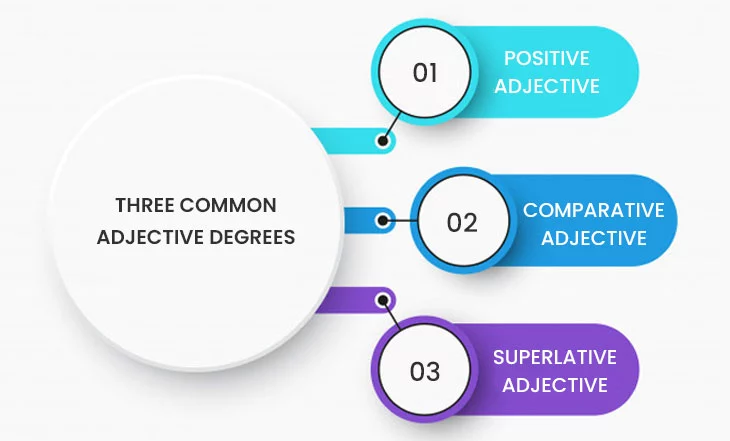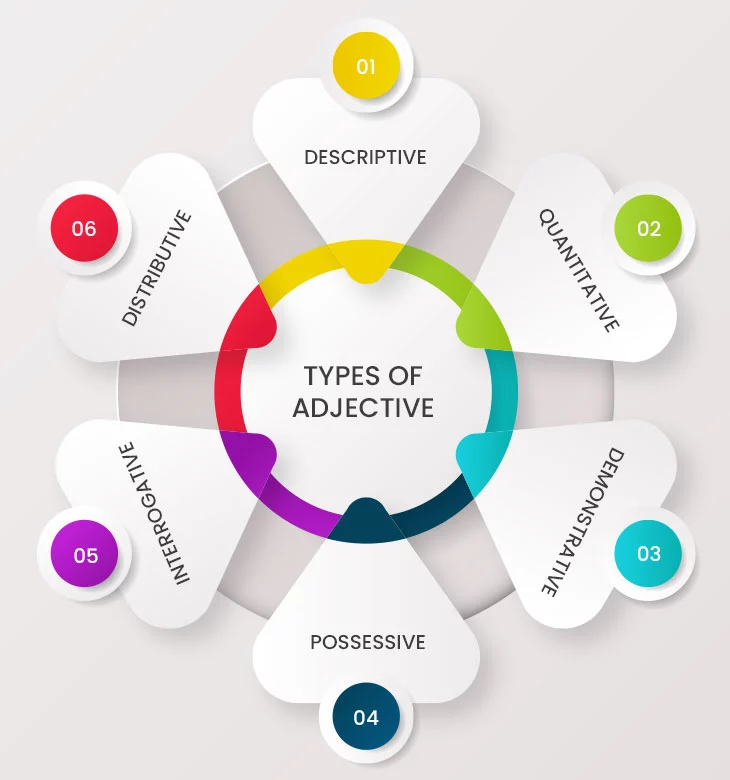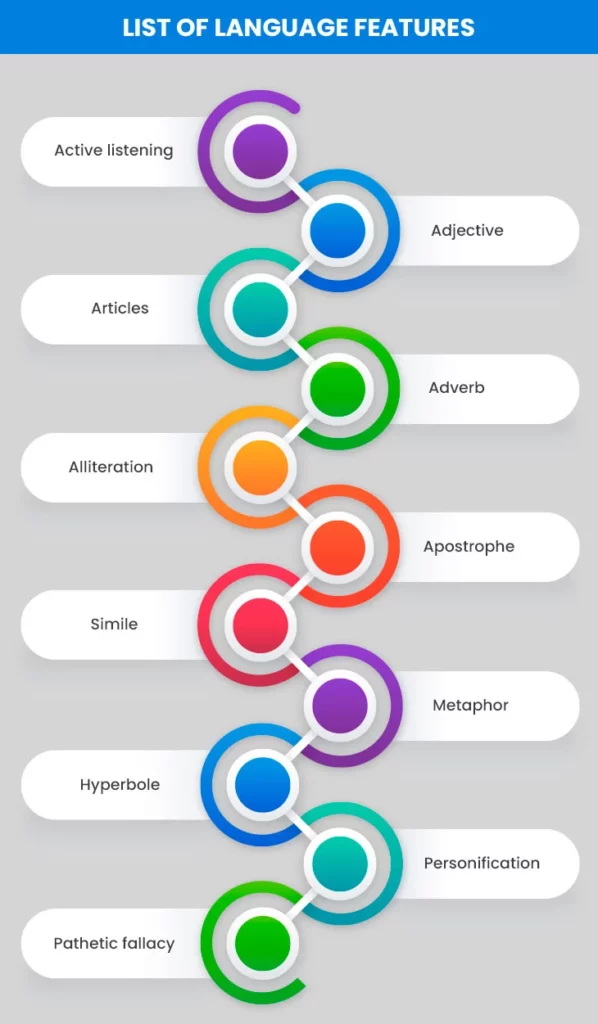Language and structural features used in the English language help convey meaning and create effective communication. Generally, features like metaphors and similes will help you add depth and emotion to your work. On the other hand, structural elements like syntax and tense will help you organize words into coherent sentences.
English is a beautiful language that is easy to learn and understand. The language looks special because of the various features it possesses. If you would like to know the language features and structural features used in the English language, then read this blog. Here, you will get a complete list of special language features and structure features in English.
What are Language Features?
Language is important for communication purposes. Language features help to comprehend what the writer wants to communicate to the readers. The writer uses various language techniques to communicate with readers. He uses techniques like sentence structures, figures of speech, choice of words, and message tones. This blog helps the readers to understand the list of language features.
List of Essential English Language Features
Common language features that help to comprehend a language are listed as follows:-
Active listening
Active listening involves efficient and effective skills of communication skills. It is used to train, counsel, and resolve conflicts. In this type of language feature, the listener has to concentrate, he has to understand, and then respond, and remember things.
Adjective
An adjective is a word that qualifies a noun.
There are three adjective degrees, and they are as follows:-

Positive adjective
This type of adjective functions as a normal adjective. It indicates the qualities of people and places. It also indicates the qualities of everyday things.
Comparative adjective
A comparative adjective helps to compare two things.
Superlative adjective
A superlative adjective helps to compare three or more things.
Adjective Types
Apart from the three degrees of adjectives, there are seven different types of adjectives, and they are as follows:-

Descriptive
These adjectives describe nouns as well as pronouns. Words like tall, loud, and annoying are examples of descriptive adjectives.
Quantitative
Quantitative adjectives describe the quantity of something in a sentence. When we refer to quantity or number in a sentence, we use quantitative adjectives.
Demonstrative
Demonstrative adjectives describe the noun or the pronoun in a sentence.
Possessive
These adjectives exhibit possession. It highlights the entity to which a particular thing belongs. Common possessive adjectives include the following:-
- My — Belonging to me
- Her — Belonging to her
- His — Belonging to him
- Their — Belonging to them
- Our — Belonging to us
- Your — Belonging to you
All the possessive adjectives mentioned above, except the word “his”, can be used before a noun.
Interrogative
These adjectives are used when a question is asked, and hence they are referred to as interrogative adjectives. Interrogative adjectives are often followed by a noun or a pronoun.
- Which – It focuses on when the user has to choose one out of two things.
- Whose – This adjective helps to understand whose thing it is.
- What – This adjective focuses on choosing in general.
Distributive
These adjectives help to describe specific members who are in a group. They help to separate single or multiple items or people from a group. Common examples of distributive adjectives are as follows:-
- Each
- Every
- Either
- Neither
- Any
These adjective types are always followed by a noun or a pronoun.
Articles
Articles help to describe the noun that the user is referring to. In this context, it can be said that there are three types of articles and they are as follows:-
- A
- An
- The
Adverb
The adverbs are words and phrases that change the meanings of adjectives, other adverbs, and verbs.
Examples of adverbs are easily, beautifully, delicately, truthfully, quickly, firmly, lightly, etc.
There are other examples of adverbs like there, here, everywhere, upstairs, downstairs, in, out, outside, etc. Other examples include now, last, first, often, always, never, later, today, and tomorrow.
Alliteration
Alliteration is a language feature that involves the use of the same word or letter at the start of closely related words.
Apostrophe
The apostrophe is a punctuation mark. It indicates possession.
Simile
This is known to be a descriptive technique that is used to compare one thing with another.
Metaphor
This language feature is a descriptive technique naming a person, action, or thing like something else.
Hyperbole
Hyperbole is used to exaggerate for rhetorical reasons.
Personification
It is similar to a metaphor, and it attributes human feelings to an object.
Pathetic fallacy
Pathetic fallacy is a type of personification where emotions are attributed to the weather or an object. It plays a key role in art and literature.
Besides the language features that are mentioned above, other common language features of English literature are as follows:-
- Onomatopoeia
- Oxymoron
- Emotive language

Structural Features of the English Language
We have discussed the different language features in the English language. Apart from the language features that are used, structural features are also used in the English language. Structural features are important for a language. They help to provide a structure to a language. Without a proper structure, a language won’t have any meaning.
Following is the list of structural features in the English language:-
- Allusion
- Antagonist
- Allegory
- Ambiguity
- Anaphora
- Idiom
- Imagery
- Irony
- Juxtaposition
- Metaphor
- Symbolism
- Theme
- Zoomorphism
Language features are a vast topic. Studying language features helps the readers to understand the writer’s style of writing. Besides, readers can also understand what the writer wants to communicate to them. Language features use writing techniques. Using appropriate language features and language techniques, the writer attempts to engage the attention of the readers.
Conclusion
This blog highlights the various language features and structural techniques in the English language. By using the list of structural techniques available in the English language, the reader can gather more information. On the other hand, with the help of language features, readers can spot various emotions.
If you are a student who needs help with writing assignments on language features, then feel free to contact us. Our team consists of language experts who have been offering English assignment help in diverse areas. Especially, with our expert guidance, you can improve your understanding of language features and learn how to implement your work effectively.



